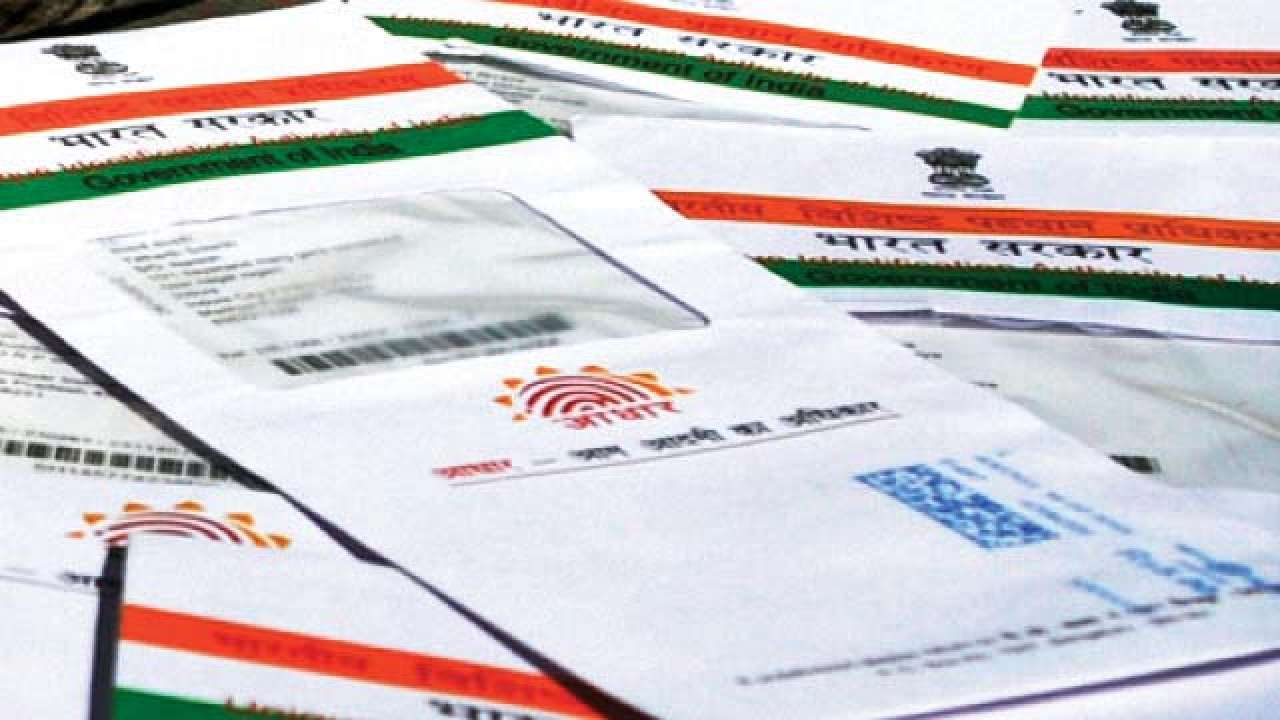
Following the Supreme Court verdict, the confusion over Aadhaar has thickened. People are unsure about the validity of their mobile phone connections in the light of the apex court judgment that said linking Aadhaar with sim card is not mandatory. Some 50 crore citizens are ruffled since they had produced Aadhaar cards for new mobile connections. Now the Department of Telecommunications has stepped in with a new digital authentication system to issue new sim cards.
Moreover, after delinking Aadhaar, mobile subscribers can furnish other documents to service providers, as prescribed by the telecom department, if they wish to retain the same connection. The SC ruling had stated that no person should be denied government benefits in the absence of Aadhaar, people will be affected if their identity cannot be established. It is indeed unfortunate that Aadhaar has ended up being a divisive entity when its original objective was to be cohesive from a single data point of view. Aadhaar was to widen our tax base through a system that would monitor financial transactions.
Before the privacy zealots raise the red flag, let this be stated that Google and Facebook are the real Big Brothers tracking every movement of an individual while keeping a tab on almost all facets of human interaction, from location to relationships, tastes to desires. They are very powerful private players who can hold governments to ransom with their mountain of data. Regardless of government intervention, there is very little privacy for a citizen who has logged on the Internet. It’s like falling into a trap and remaining ensnared for the rest of one’s life.
Aadhaar, on the other hand, is a system that ensures that the government’s can reach the rural and the urban poor. Simply put, Aadhaar was designed to aid efficient delivery of government schemes to rightful recipients. It is supposed to reduce leakage and improve targeting of benefits, which means only genuine beneficiaries will have access to sops. The seeding of Aadhaar with other domains was meant to create a system that was robust, and foolproof. It is an empowering system for a welfare state which has a significant section of the population reeling under poverty and lacking access to basic public services because the government cannot ascertain their identity.
It was meant to be a data base that would help cross reference with other details — a big data analysis for better decision-making in a populous country like ours. It also creates an opportunity for inclusion and can help protect against identity theft — a real and present danger! One needs to look at the US to understand how the government at the citadel of democracy keeps a close watch on its citizens. Take for instance the Patriot Act, which was passed overwhelmingly by the US Congress right after September 9/11 attacks when America was most vulnerable. Among other things, the attack enables the government to collect millions of Americans’ communications records. And, in India, the enlightened few are quibbling over privacy that they have already given up to US companies.